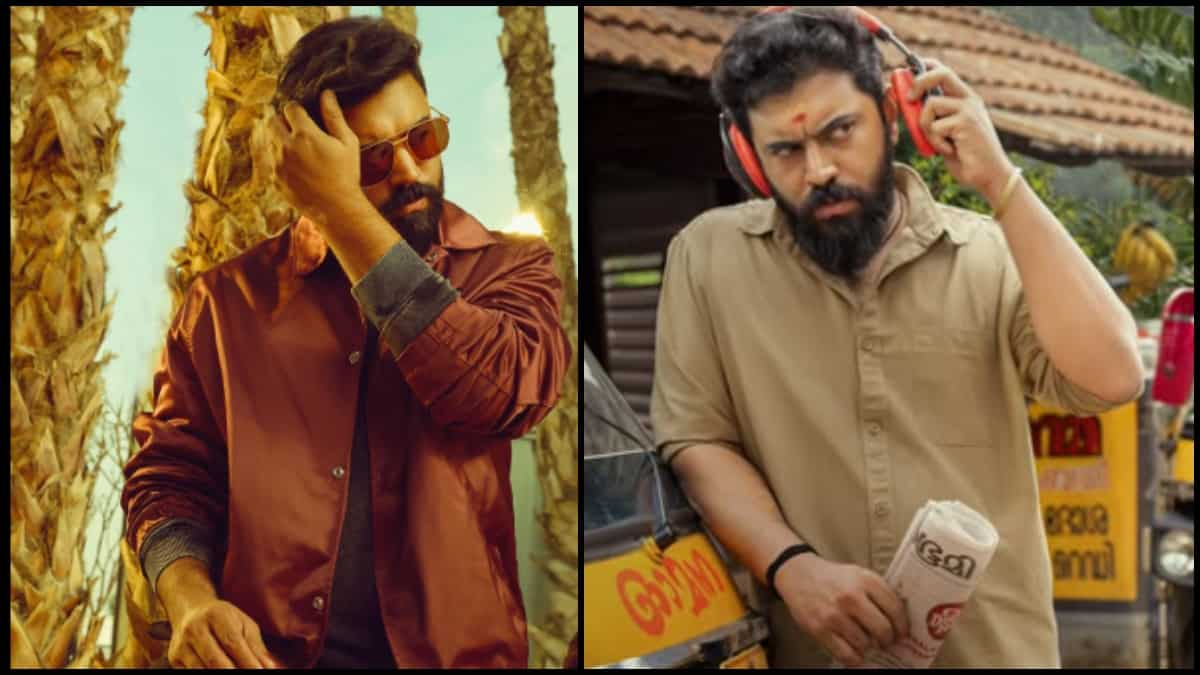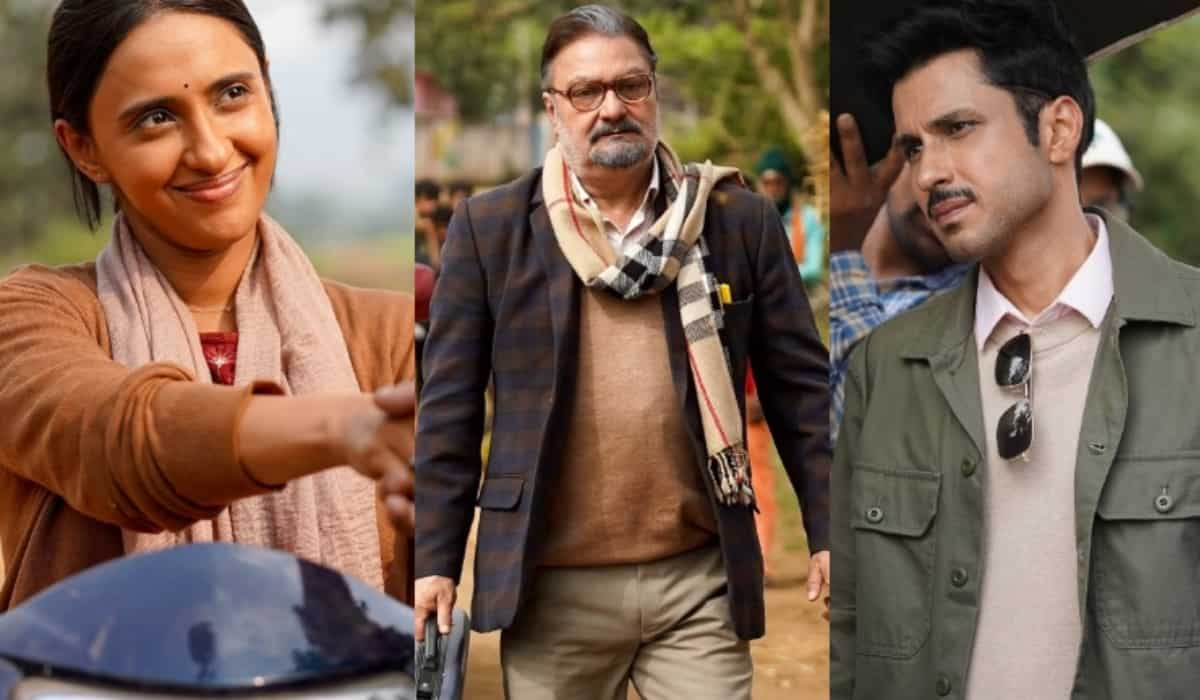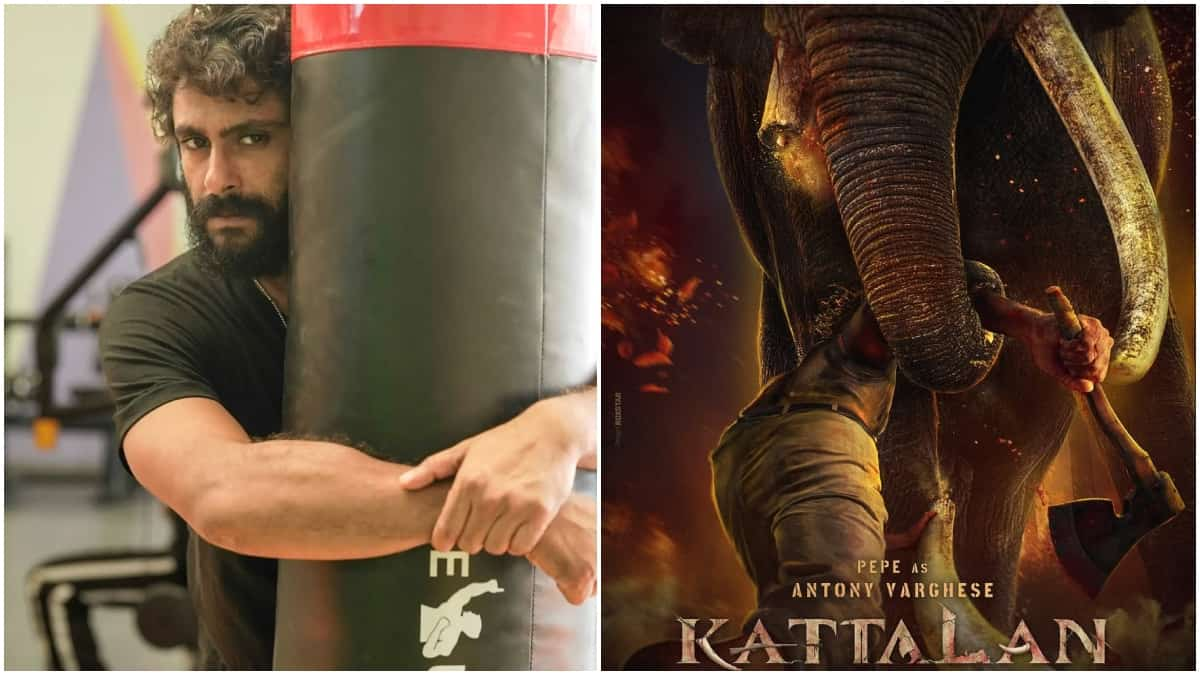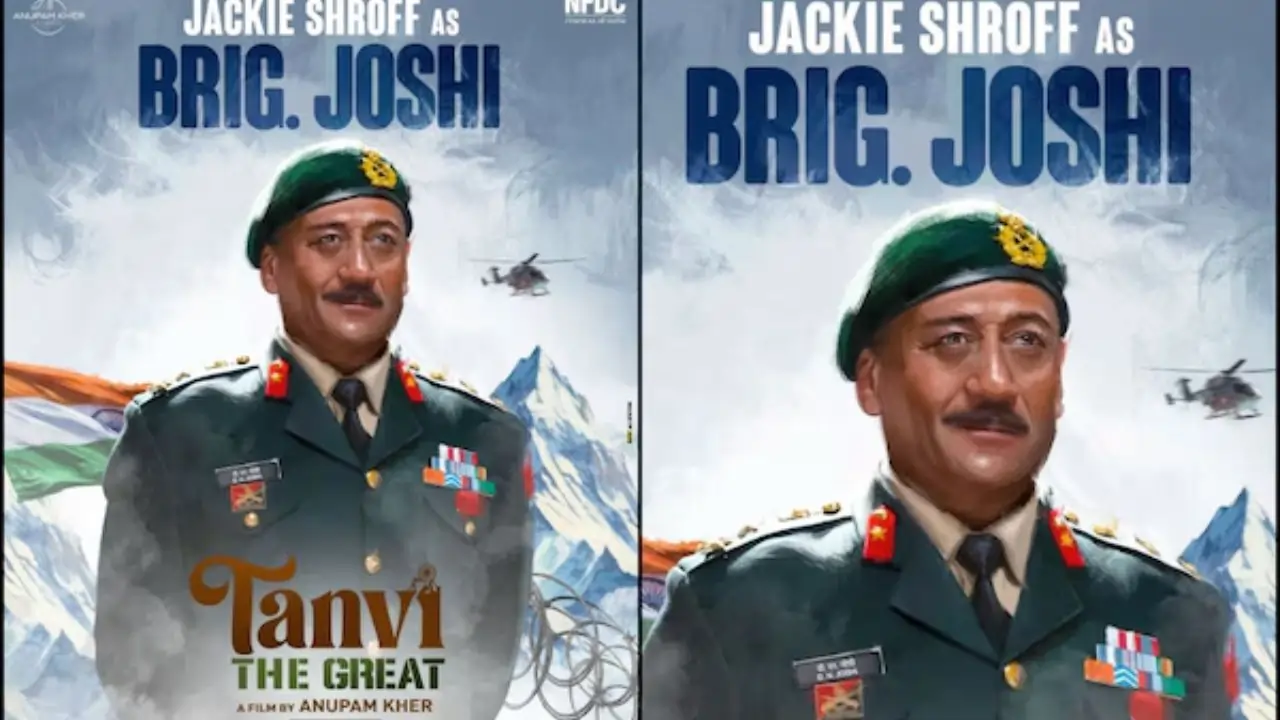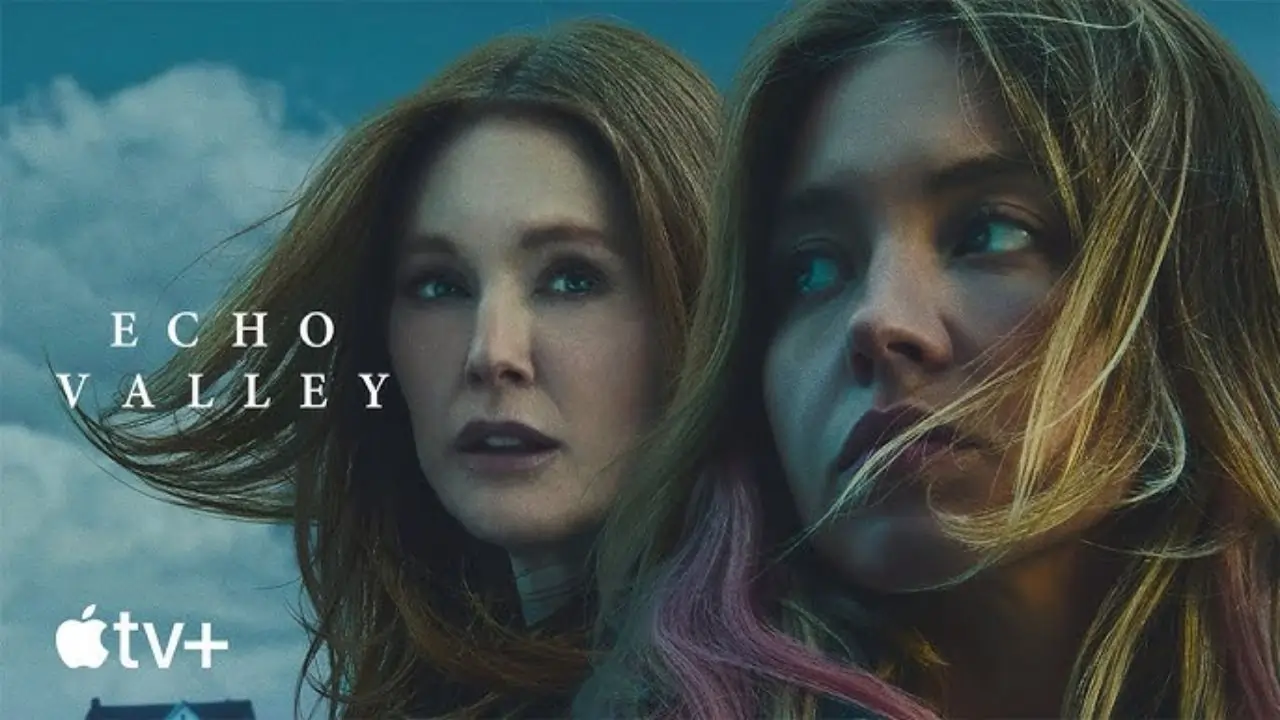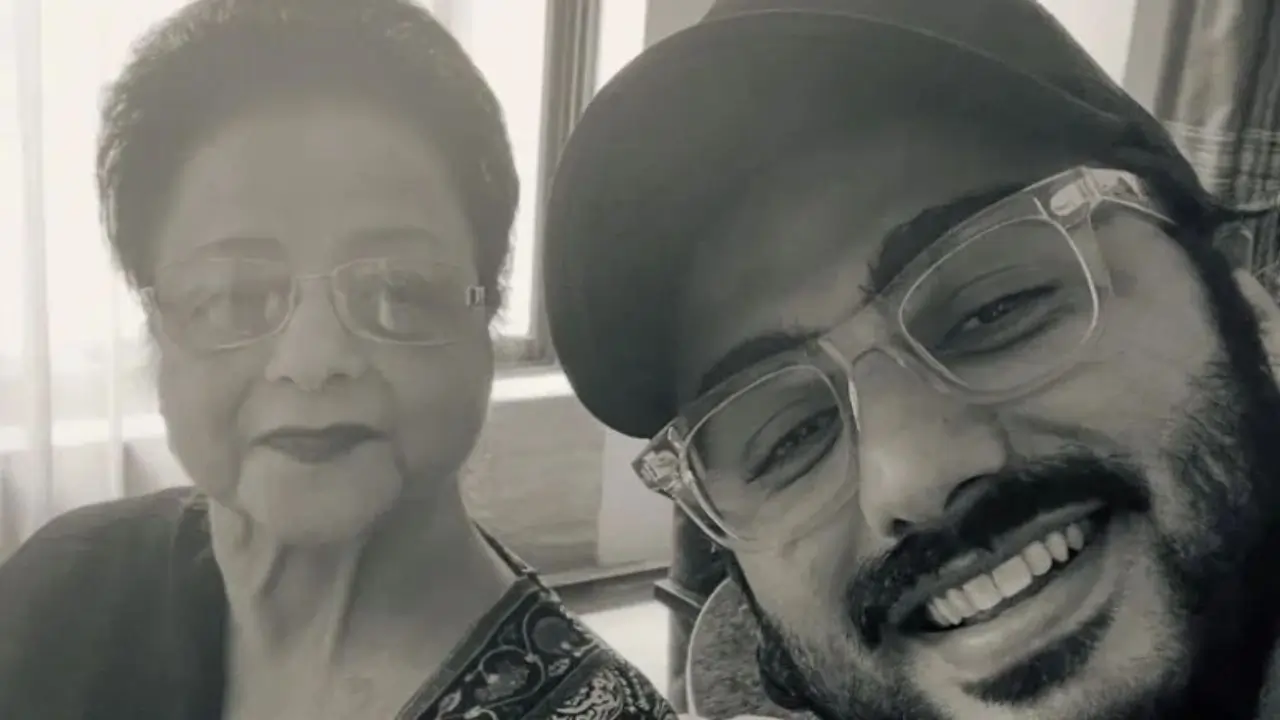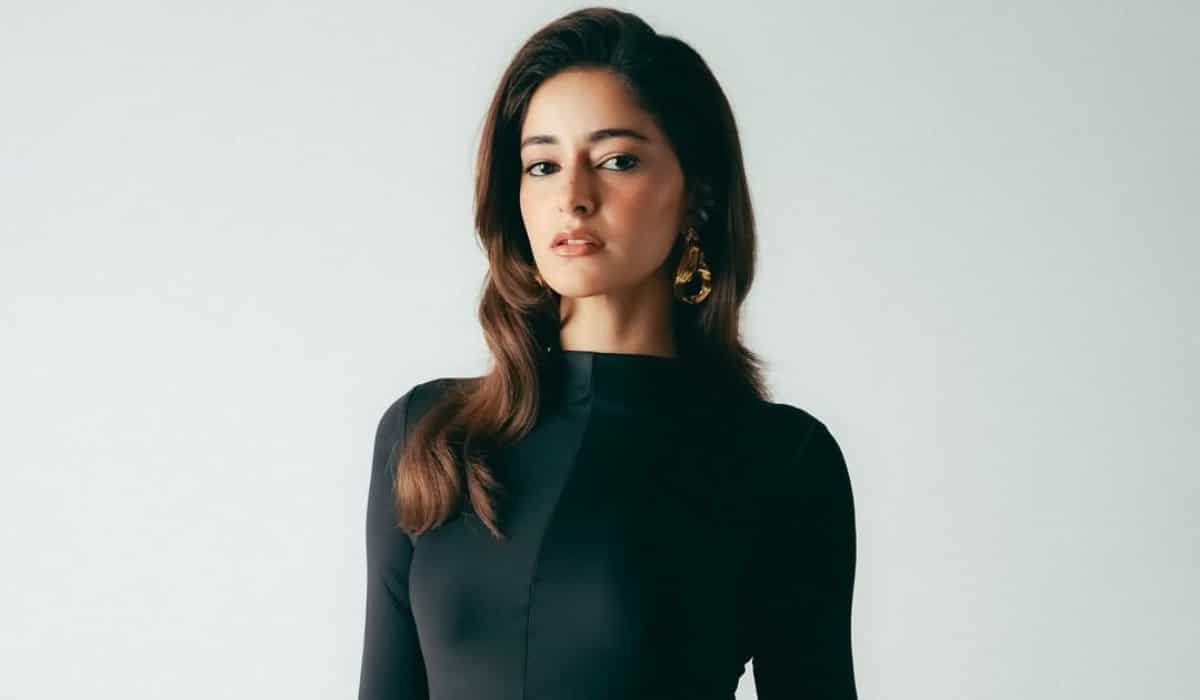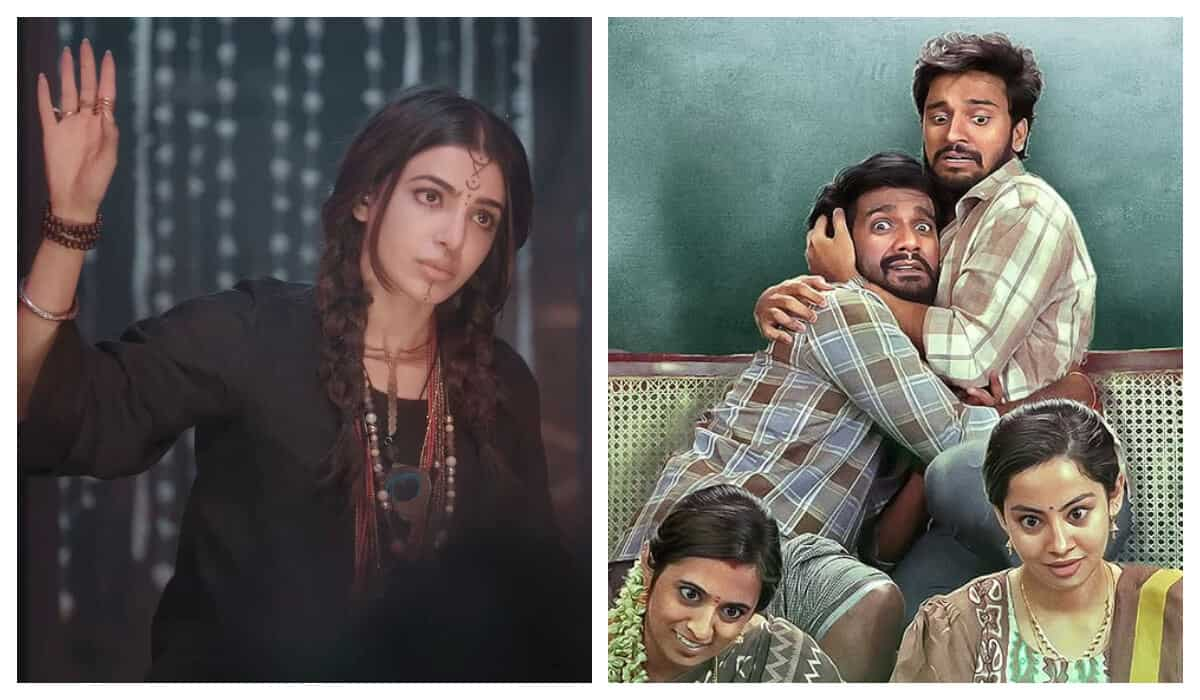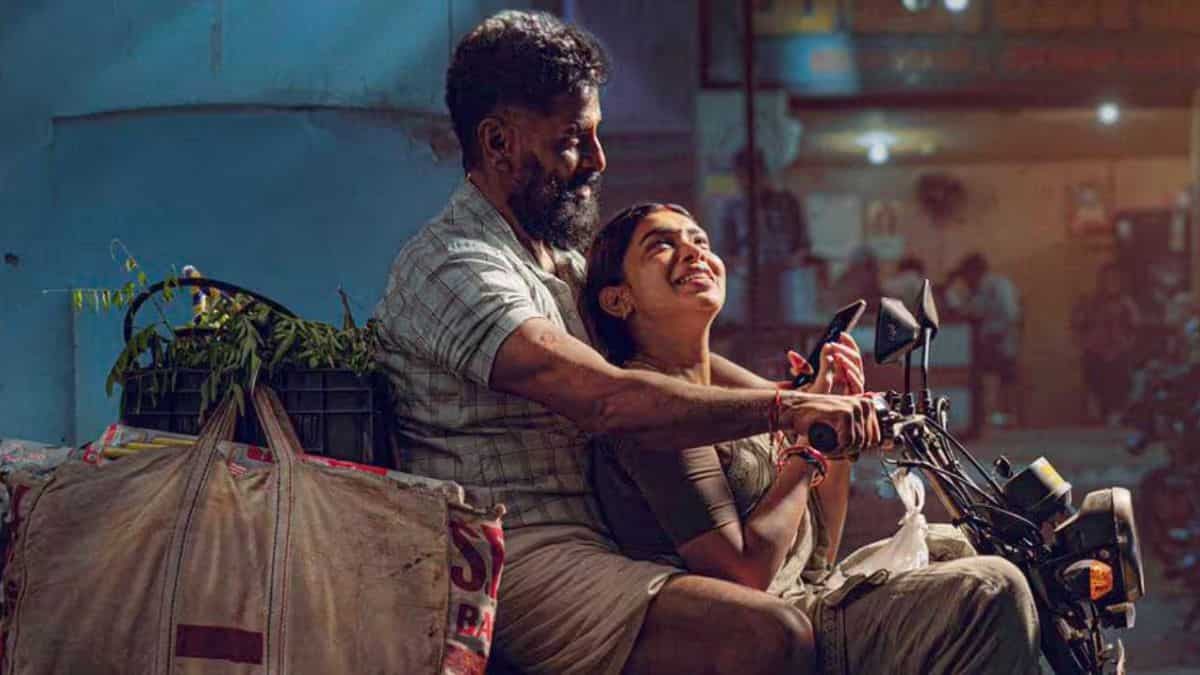
SU Arun Kumar on the Depths of Veera Dheera Sooran
12 days ago | 5 Views
WHEN SU ARUN KUMAR'S Veera Dheera Sooran 2, featuring Vikram, Dushara Vijayan, and SJ Suryah, debuted in theaters on the evening of March 27 after much anxiety and uncertainty surrounding a court case, there was celebration everywhere — not merely because it was shown, but because the audience finally received the Vikram they adored, after years of anticipation. It almost felt as if fans were thankful that someone eventually cast their hero in a role that suited him perfectly, one that did not require dramatic physical transformation and highlighted his capacity to express emotions. That reaction surprised the director, whose last film was the slice-of-life Chithha.
“I felt concerned because this screenplay format was new to me; I jumped straight into the middle of someone’s life, and there are numerous backstories. There’s deep drama, but no melodrama or excessive emotion. Even in scenes where the audience is accustomed to a certain type of action, they appeared to embrace what we had tried,” says Arun, whose film has recently been released on Amazon Prime Video. “This film taught me one essential lesson — that the audience values a well-crafted script and there’s no need to simplify the movie-watching experience, assuming people may not grasp it. ”
Below are edited excerpts from an interview with Arun, who elaborates on specific creative decisions in VDS, working with Vikram, the passionate love of the lead characters, the intriguing stunts, and the writing of the prequel.

While this film revolves around some hunters and the hunted, let’s start with the deeply impactful love story, featuring a married couple. Many raised concerns regarding the age gap of your leads (three decades), but that was prior to them watching the movie…How do you express love?
When I became aware of the social media discussions about the age difference, I didn’t give it much thought, as I understood the characters’ arc and was confident the actors would execute it effectively. Besides that, I’m pleased that the romance of Kaali (a marvelous Vikram) and Kalai (a delightful Dushara) resonated with the audience.
Marital love is a wonderful phenomenon, and I aimed to depict an equitable relationship. In the context of the film, this love was essential, as it influences how Kaali reacts to a scenario. It also served as a means for me to reveal each character’s complexities. It reflects their shared history, such as when Kalai reprimands him for his public display of affection after a decade of marriage and two children. And, once you uncover what truly transpired, you realize how significantly he has gained her trust.
Moreover, she is a consenting adult. What if she feels content with an older partner? Additionally, as performers, Vikram Sir has taken excellent care of himself, and Dushara’s expression effectively conveys lived experience — the age difference isn't particularly noticeable.
I adore the concept of love, and I consistently strive to make it relatable and accessible to everyone. It is when you immerse yourself in the characters' world that you discover the appropriate tone that will resonate with these characters.
I prefer to maintain an equal footing between a couple. There isn’t any real power struggle. Whether it’s Pannayaarum Padminiyum (a mature love story), Sethupathi (a cop and his wife with their playful affection), Chithha (former lovers who are now boss and subordinate and who reawaken their connection), or Veera Dheera Sooran, I enjoy portraying them as equals, because that’s the way I viewed my parents.
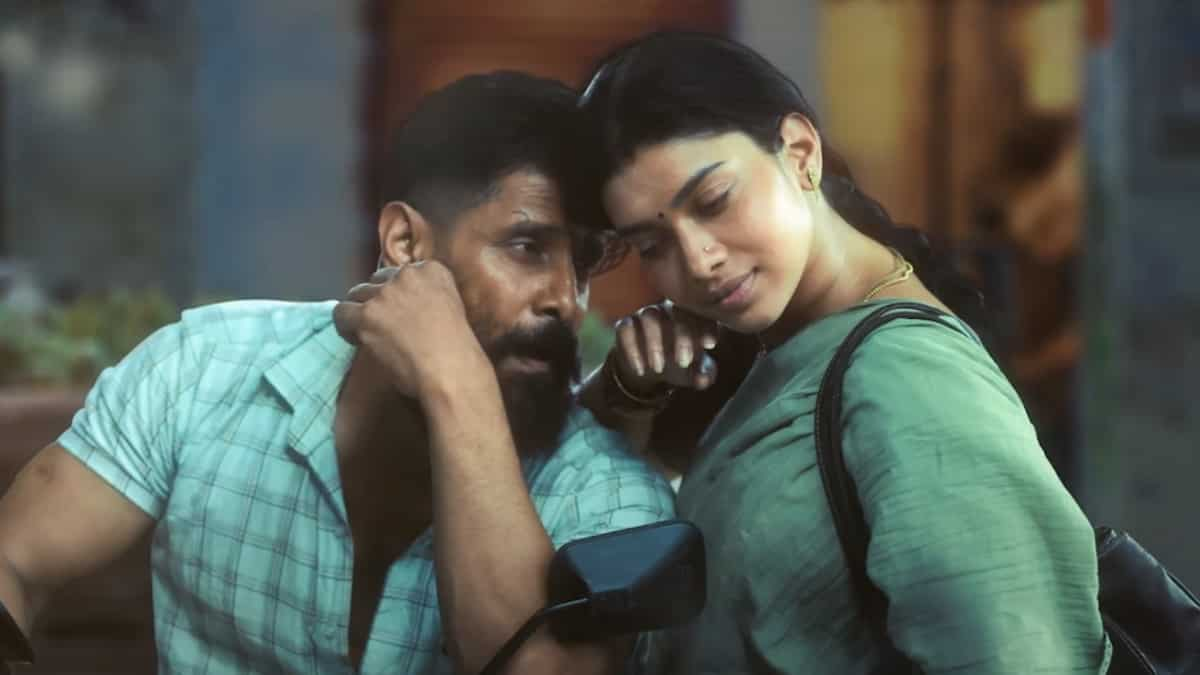
Your men are also very exposed; they apologize, even kneel before their wives, which is unimaginable in a world dominated by macho appeal. Your women exercise a certain influence by utilizing their love and nothing more.
Don’t you think it’s odd that in a world where individuals largely adapt and negotiate in relationships, protagonists in films never say they are sorry? That’s the reason I portray my men as vulnerable, which reflects how many truly are in reality.
We do not know who Kaali’s mother is. He is always searching for warmth in his relationship with Kalai, and she provides him with that.
I prefer my women to be the ones making decisions, and to capture the nuance and tone accurately, I collaborate with my female assistant directors — there are three of them currently. I am very careful that a female character should not exist merely for the sake of existence. My women are generally busy on screen — they are either managing homes or working, or contributing in some manner. This is due to the fact that, in my upbringing, I have never witnessed a woman doing nothing. It has consistently been the vellarikkai paati, pookaara amma, pazhakkara paati… (the grandmother selling cucumber, the ladies selling flowers and fruit). The men were scarcely present. These women made money through hard work and sustained the family. Even here, Kalai hurries from work to assist with the small shop. I genuinely cannot imagine men in these substantive roles in daily life.
This is the reason I have a problem with the prevalent visual depiction of farmers — it is always men, despite more women working in the fields. I believe we need to dismantle these stereotypes, at least in cinema.
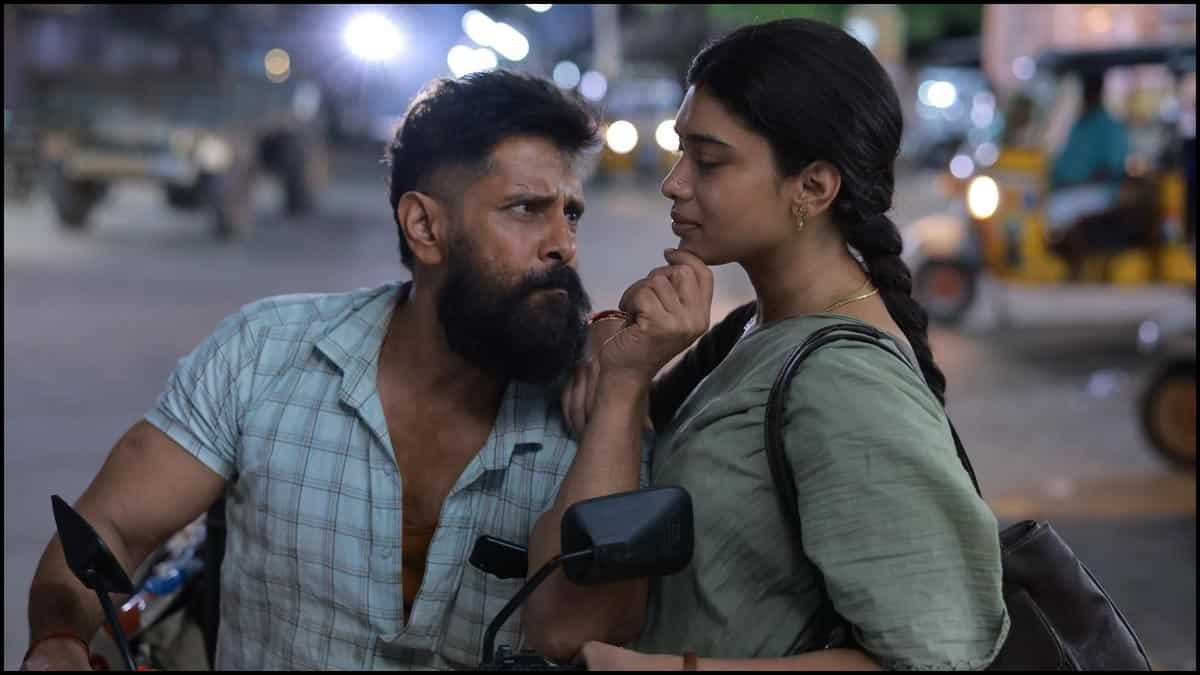
Let’s talk about the writing of Veera Dheera… You decided to dive directly into the heart of a person's life, revealing the details gradually as the narrative shifts between the past and the present.
This started with my desire to create something distinct from what I’ve done previously, regarding structure. Let’s use the story of the old woman, the crow, and the fox (a well-known Tamil fable) as an illustration. Each tale opens with the grandmother residing in a village and her choice to prepare vadais. I considered how it would be if I began with the moment when the fox outshines the crow to seize the vadai. That would also prompt people to ponder what transpired earlier.
Oddly enough, instead of viewing it as a challenge, I enjoyed this approach to writing. Where events unfold as they would in real life. In truth, you don’t encounter someone randomly with a background voice narrating a backstory. That’s why in the initial scene, you continuously encounter characters, just like you would in everyday life. You meet the brother, the sister, the father, and the mother; you observe their interactions, you envision their connection. You also have inquiries that the rest of the film will hopefully clarify.

In a film that can be categorized as a thriller, the stunts were notable for the natural way the characters responded to one another during the sequence. Kaali engages in some fights casually, as he is already familiar with their movements from his past experiences with them. How did you and Phoenix Prabu collaborate on this?
While writing the script, I was certain that this is how the fights should be portrayed. By the time the fights are shown, the audience is aware of part of Vikram’s history. Consequently, he primarily fights against familiar opponents, individuals whose techniques he already knows.
In a fight, the excitement always lies in what occurs afterward, because once the fighting commences, one assumes the hero will ultimately prevail. We aimed to make that process engaging. This intention started at the writing phase itself. We did not want a contrived fight; we required significant drama and emotional highs and lows. We sought familiarity, and we needed a sense of unexpectedness in Kalai’s responses to certain people. The cinematography contributed immensely as well. Nearly the entire film utilized a 50mm wide short lens. I preferred not to constantly switch lenses. Prabu embraced the challenge and executed it successfully.
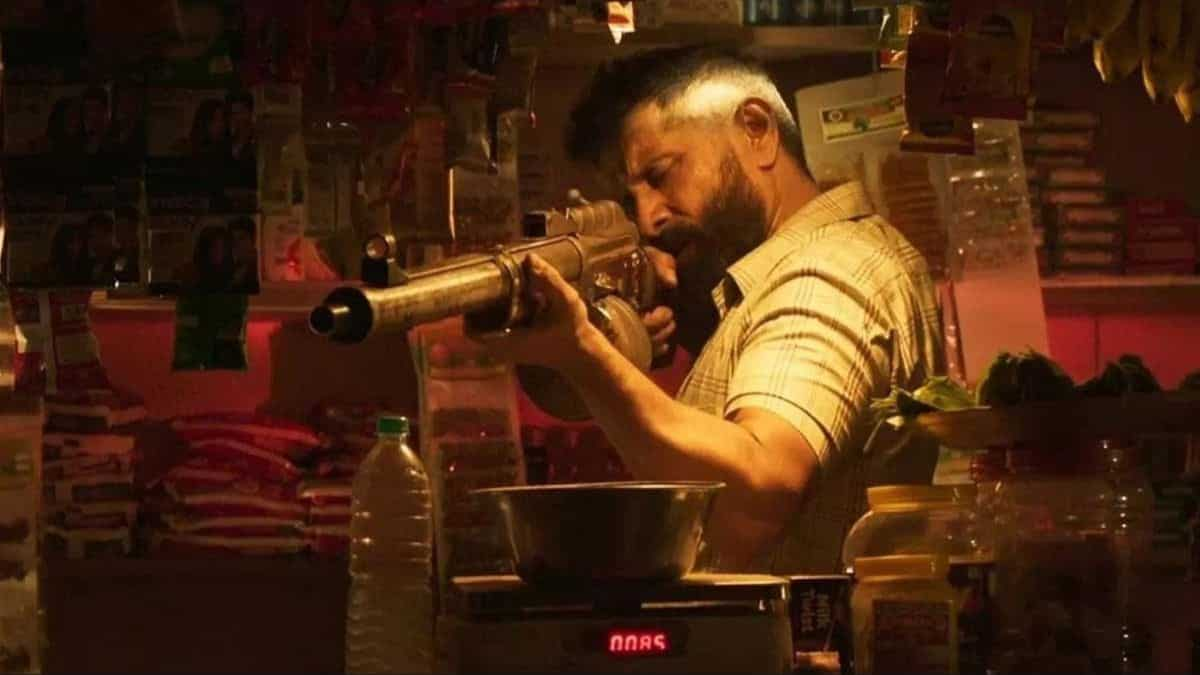
By this point, everyone is saying that Vikram and Arun make a perfect team, and there is excitement surrounding the prequel, but how did this happen?
After Chithha, I was in the process of writing a script to change genres when I received a call from Vikram Sir. He appreciated what I had written, and I completed it with Vikram Sir in mind.
When he met with me, all he wanted to understand was why he should participate in this narrative. I described the scene in the wedding hall where he looks for his friend, his exchanges with officials, and how the audience should perceive the significance of an unseen character through the protagonist’s expression. He executed it beautifully!
I believe Vikram Sir is among the finest actors in the nation who can effortlessly convey subtle details. During filming, all I needed to do was plant some ideas, using emotions as indicators — Kaali must express guilt, he has to be both vulnerable and strong… and Sir would perform it perfectly.
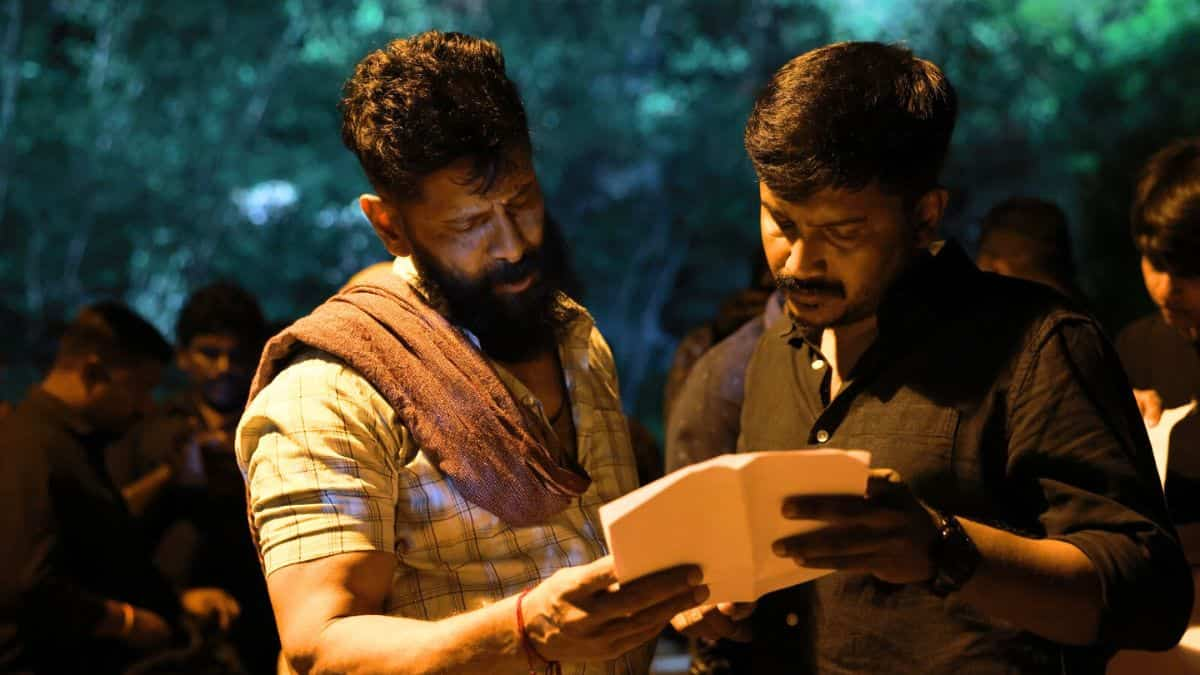
After a lengthy period, individuals were able to witness Vikram as he truly is, without any changes to his appearance…
I think the physical appearance is secondary; the primary aspect is the emotion. If you can express something effectively, that’s sufficient to connect the character with the audience. This is why Kaali succeeded, despite his entrance occurring well after 20 minutes into the film.
What was your response to that scene in the cinema?
It was a completely fresh sensation. It felt like a bonus, because on that day, all I wanted was a release. However, the cinema was filled with elation. It brought back memories of the time I viewed his Dhool in the theatre. It rekindled joyful recollections of his earlier movies.
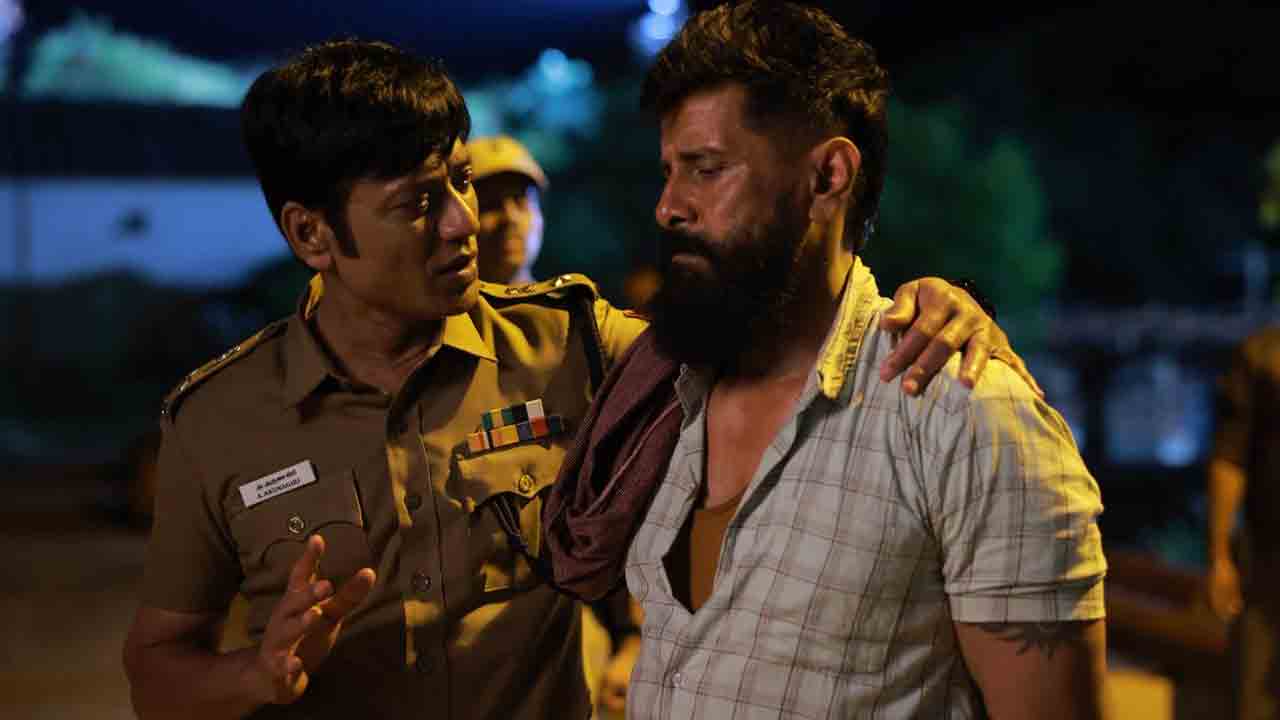
You cast SJ Suryah in a slightly different manner as SP A. Arunagiri …
I’ve always appreciated him as a performer and thought this role suited him well. All I had to do was provide the actors with cues — they would consistently achieve what I was aiming for. I believe that’s the role of a director — simply guide them toward the appropriate emotion. Otherwise, there could be abrupt shifts in mood because the filming is not done in sequence.
Have you begun working on the prequel? Are there any characters you wish to concentrate on?
No, I will take on a project or two before I focus on it. Off the top of my head, I can think of a few characters that could be further developed, like Dilip, Kannan, his sister Srija, Kalai’s mother, and Periyavar’s wife.
If given the opportunity, would you change anything in Veera Dheeran
I would likely reduce the film’s length by about 10 minutes (it currently stands at 150 minutes). I’d streamline the flashback segments, and the climax would arrive at an earlier point.
Veera Dheera Sooran: Part 2 is now available for streaming on Amazon Prime Video.
Read Also: HIT 3’s Nani Recalls Humble Beginnings as a 'Below Average' RJ
Get the latest Bollywood entertainment news, trending celebrity news, latest celebrity news, new movie reviews, latest entertainment news, latest Bollywood news, and Bollywood celebrity fashion & style updates!
HOW DID YOU LIKE THIS ARTICLE? CHOOSE YOUR EMOTICON!
#

